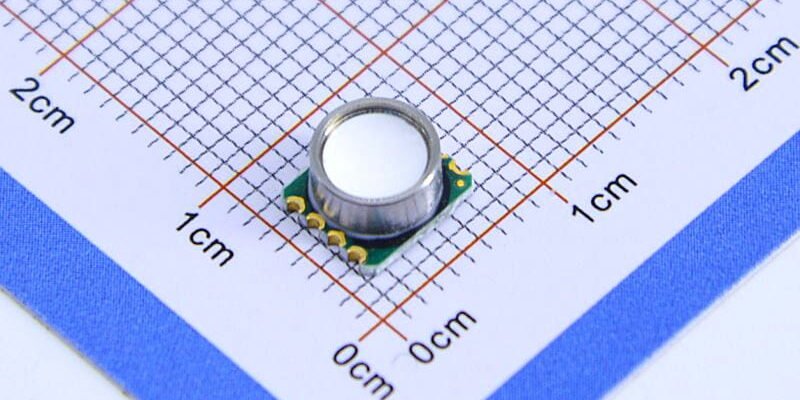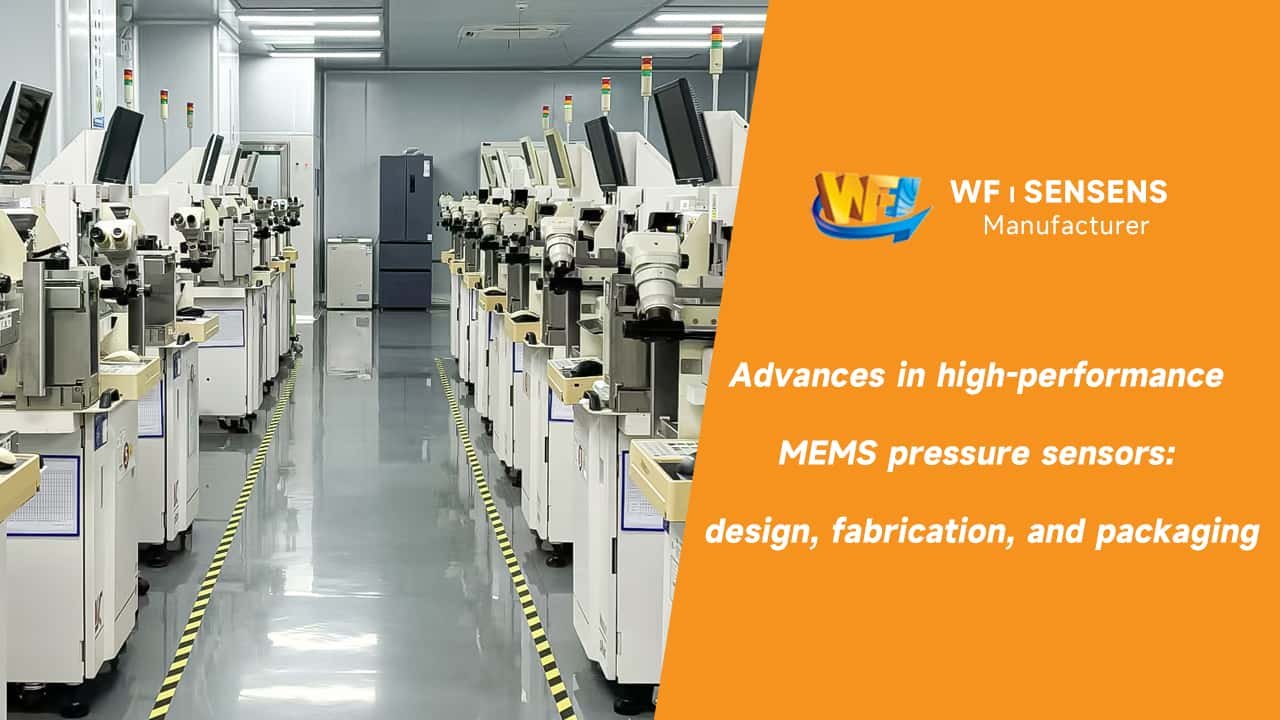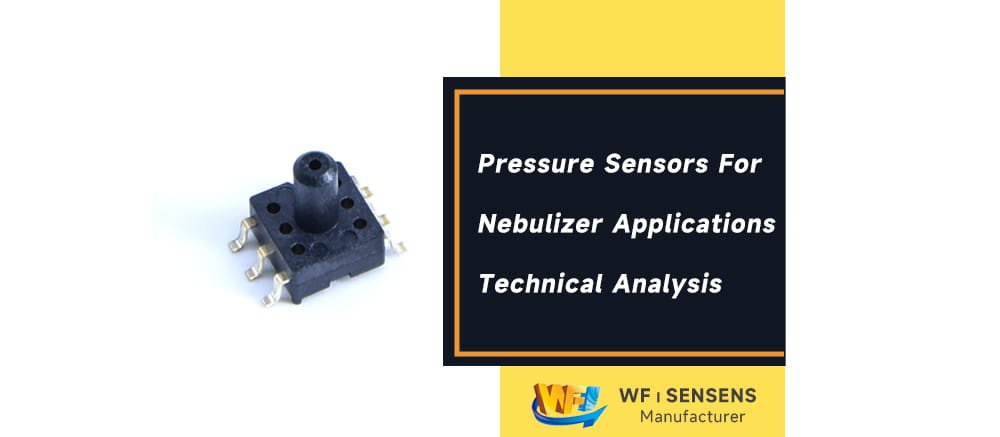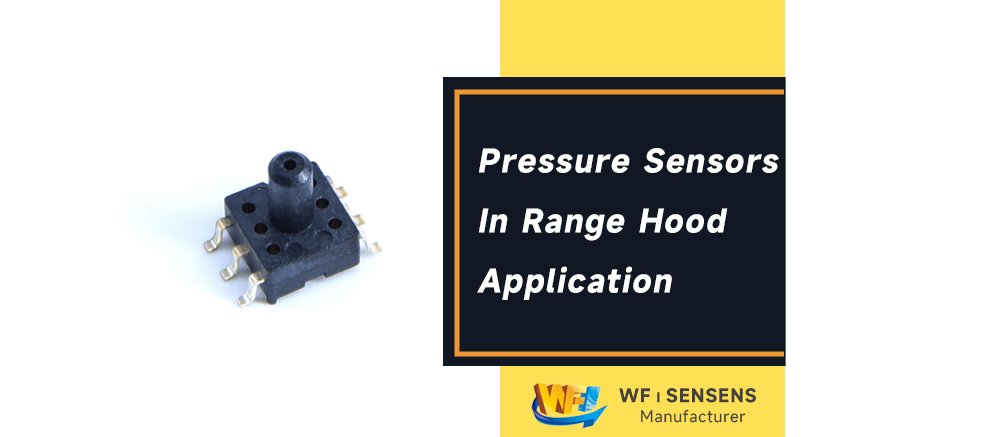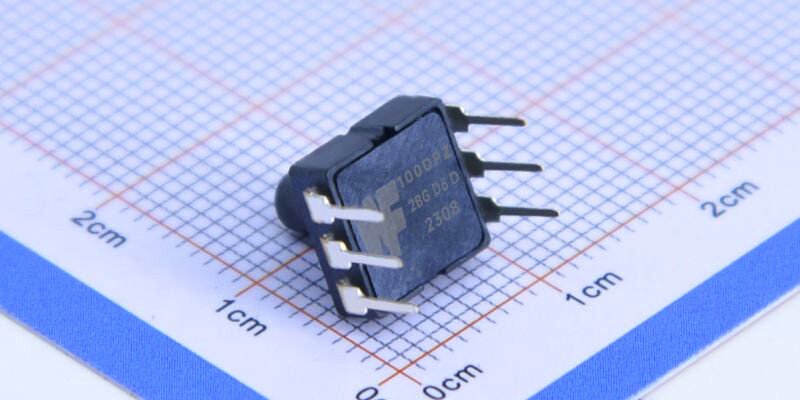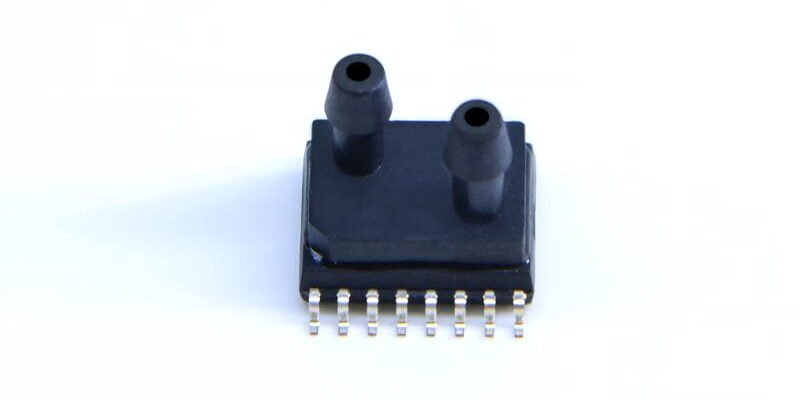Mems de trend om traditionele sensoren te vervangen?
Sensortechnologie, als een belangrijke link in informatie -acquisitie, ondergaat ongekende wijzigingen. Onder hen, Mems (micro -elektromechanische systemen) sensoren, als een vertegenwoordiger van opkomende technologieën, are gradually replacing traditional sensors and becoming an important force in promoting scientific and technological progress and industrial upgrading. In dit artikel, we will discuss the reasons why MEMS sensors are replacing traditional sensors, and reveal the technological logic and market dynamics behind this trend.

